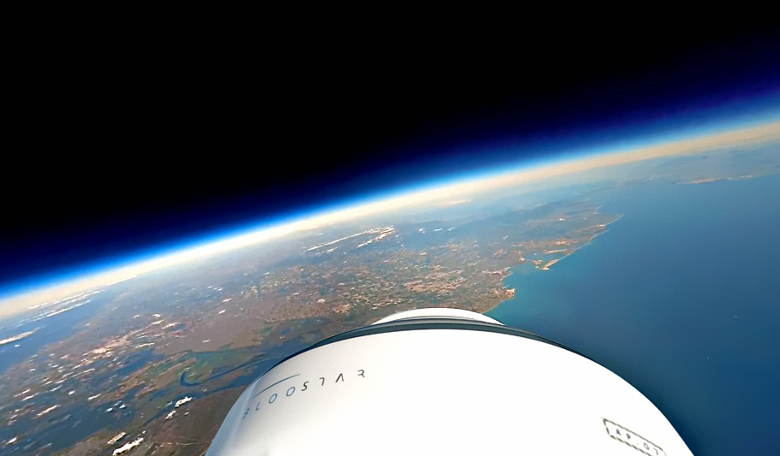Virgin Orbit are not the only ones with plans to get small satellites into space via alternative means, as Zero 2 Infinity, a company specialised in space transportation systems, successfully launched its first rocket from the edge of space earlier this month.
In order to get to the edge of space, the rocket hitched a ride on a balloon that was launched a few miles off the Spanish coast. After soaring to more than twice the cruising altitude of commercial airplanes – 25 kilometres – a controlled ignition from the National Institute of Aerospace Technology (INTA) in El Arenosillo (Huelva, Spain), set the rocket on its way.
The rocket, formally known as Bloostar, successfully ticked off a few mission objectives as it raced to orbit, including validation of the telemetry systems in space conditions, stabilisation of the rocket, through to parachute deployment, and sea recovery.
The mission therefore marked an important turning point in the development of the company’s small satellite launcher system, which aims to provide customers with a simplified and cost-effective way to get their satellites into space.
By using an inflated balloon to get Bloostar up to the dizzying heights required for engine ignition, the set-up benefits from being able to launch cheaply from anywhere at anytime, albeit with a two week notice period, with a patented technique that is considered less risky than any systems used presently.
Its design also makes it one of the most environmentally friendly methods in which to deliver a satellite into orbit, as the rocket-powered phase does not start until it is above 95% of the mass of the atmosphere, meaning there is no polluting emissions back on the ground. In addition, as the balloon ascends effortlessly through the thick layers of our atmosphere until it reaches optimum height, in the near quasi-vacuum environment at the edge of space, the launcher can rapidly gain momentum and altitude to propel it into a higher orbit, without excessive onboard fuel.
Bloostar has already attracted the attention of the leading satellite companies around the world and with upwards of 250 million euros in Letters of Intent for future launches, Zero 2 Infinity’s plan to radically simplify access to space is well and truly underway.











